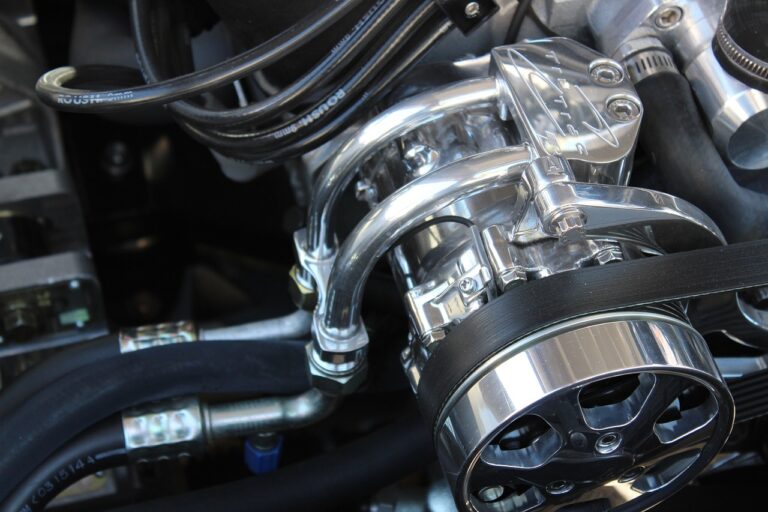The Impact of Quantum Computing in Optimizing Urban Traffic Management
Quantum computing presents a groundbreaking approach to revolutionizing traffic management systems across urban areas. With the ability to process vast amounts of data at speeds exponentially greater than classical computers, quantum technology offers the potential to optimize traffic flow in real-time. By harnessing the principles of quantum mechanics, traffic control systems can analyze intricate patterns and complexities inherent in urban congestion, leading to more efficient and sustainable transportation networks.
Moreover, the quantum computing algorithms applied to traffic management can precisely predict traffic patterns and adapt responses accordingly. This capability enables authorities to proactively address bottlenecks, reduce commute times, and enhance overall safety on roadways. The utilization of quantum computing in traffic management marks a pivotal shift towards innovative and data-driven strategies that have the capacity to transform urban mobility for the better.
Understanding the Challenges in Urban Traffic Control
Traffic congestion in urban areas remains a major challenge for city planners and traffic management authorities. The increasing number of vehicles on the roads, coupled with limited infrastructure development, exacerbates the problem of traffic congestion. This congestion not only leads to longer commute times for individuals but also contributes to environmental pollution and decreased overall quality of life in urban areas.
One key challenge in urban traffic control is the dynamic nature of traffic flow. Changes in traffic patterns throughout the day, such as peak hour congestion and traffic accidents, make it difficult to predict and effectively manage traffic flow. This unpredictability can cause further delays and frustrations for drivers, highlighting the need for innovative solutions in traffic management to address these challenges and improve overall traffic control efficiency.
• Limited infrastructure development exacerbates traffic congestion
• Traffic congestion leads to longer commute times and environmental pollution
• Dynamic nature of traffic flow makes it difficult to predict and manage effectively
• Peak hour congestion and accidents contribute to unpredictability in traffic patterns
• Innovative solutions are needed in traffic management to improve efficiency
Benefits of Quantum Computing in Traffic Optimization
Quantum computing presents a groundbreaking opportunity for enhancing the optimization of traffic flow in urban areas. By leveraging the principles of quantum mechanics, this advanced technology enables the processing of vast amounts of data at speeds far superior to traditional computing systems. This high-speed data processing capability empowers traffic management systems to quickly analyze complex traffic patterns and make real-time adjustments, leading to significant improvements in overall traffic efficiency.
Moreover, the inherent parallel processing capabilities of quantum computing allow for the exploration of multiple solutions simultaneously, providing more comprehensive and accurate traffic optimization strategies. This ability to consider numerous variables at once equips traffic control systems with the agility to adapt promptly to fluctuating traffic conditions, ultimately reducing congestion, minimizing travel time, and maximizing the overall functionality of urban transportation networks.
How does quantum computing revolutionize traffic management?
Quantum computing can process massive amounts of data and complex algorithms much faster than classical computers, allowing for real-time optimization of traffic flow.
What are the challenges in urban traffic control?
Urban traffic control faces challenges such as congestion, long wait times at traffic lights, inefficient routing, and difficulty in coordinating traffic signals.
How can quantum computing benefit traffic optimization?
Quantum computing can help optimize traffic signals in real-time, reduce congestion, minimize travel times, improve fuel efficiency, and overall enhance the efficiency of urban traffic management systems.







